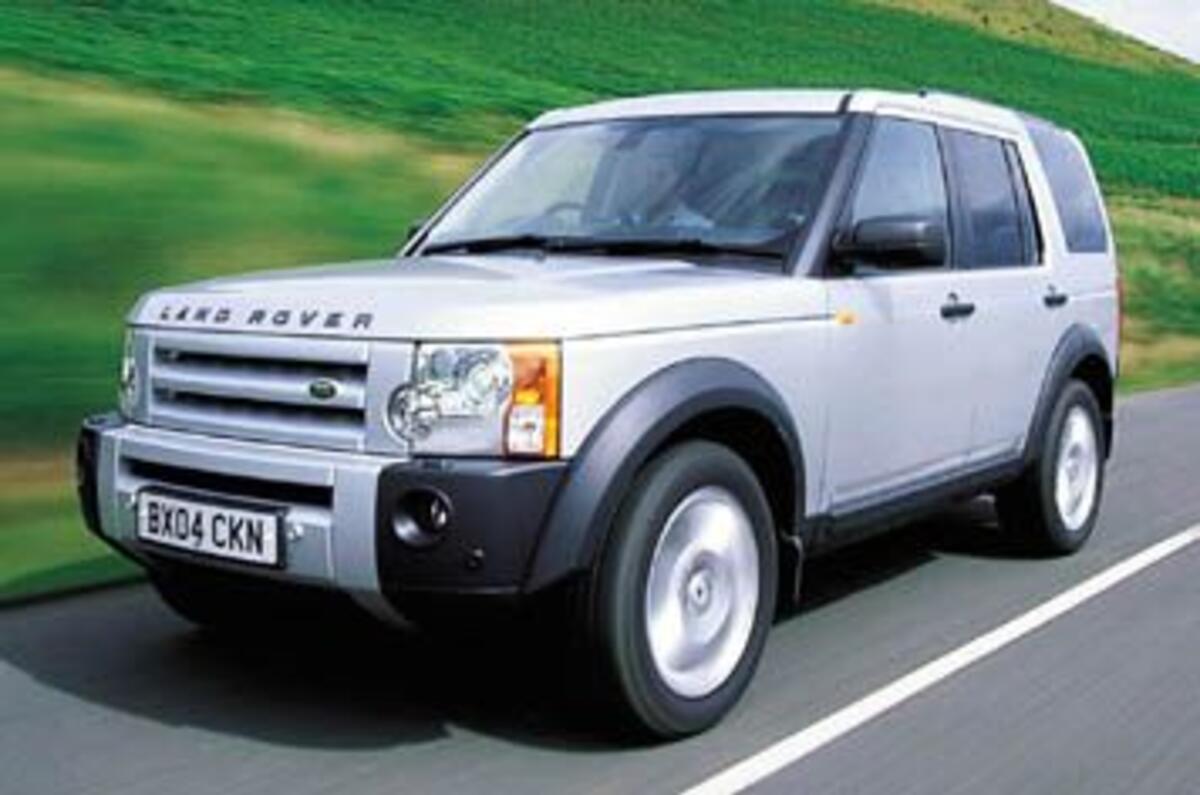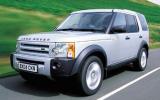After all the talk and all the hype, after the parties and the grand unveiling in New York, and the book with which this magazine documented its genesis, our first encounter with a Land Rover Discovery 3 we could actually drive was simple to the point of starkness.
We arrived at Land Rover’s Gaydon headquarters at midnight. Our silver test car was parked alone by the gatehouse under a single sodium light. The security guard gave us the keys; there were no engineers or public relations men explaining it all, saying the right things. No talk now. Just answers.
We know that you’re desperate to read about how the thing drives. But it’s worth waiting a paragraph to recall why that judgment is so important, and why the launch of the Discovery 3 is generating the talk it is. This one car encapsulates the history and future of Ford’s relationship with Land Rover.
Within a month of Ford buying the firm from BMW, work started on the T5 platform on which this car is built and which will give foundation to four cars: this one, the new Range Rover Sport, the new Defender and probably the next Range Rover, too. The car will tell us if Ford has understood Land Rover; its sales will tell Ford if the $2.7bn (£1.5bn) it paid for Land Rover was a wise investment.
Discovery 3 is critical to Land Rover’s planned return to profit, for although the Freelander will sell 10,000 more each year, the new Discovery’s higher price means its 60,000 units will represent Land Rover’s biggest single source of income. It has to be good enough to be a breadwinner for 10 years – off-roaders, and Land Rovers in particular, are longer-lived than most cars.
It has to convince the loyal but idiosyncratic buyers of the old Discovery, who are so attached to this capable-but-grossly-outdated car that sales in the first quarter of this year went up 17 per cent – maybe they thought Land Rover couldn’t possibly build a better car.
But convincing new buyers is more important, particularly in gold-rush China and in America, the biggest of Land Rover’s 142 markets but one which ought to be bigger yet given its obsession with the SUV. The company’s 11,000 employees will be willing them to peel off the greenbacks, as will workers at the Dagenham engine plant that makes the diesel that will power 90 per cent of Discoverys sold in Europe, and the 600 Mayflower employees who stamp out its panels, because this is about as British a car as you’ll find from a global group – designed here, engineered here, built here.
The weight of expectation shows only in its weight. In building what ought to be one of the most versatile cars on sale, Land Rover has also created one of the heaviest at over 2.7 tonnes unladen, a third of a tonne heavier than a Range Rover. It’s the only fact your eye stumbles over in the specification and we were about to discover if it would feel as significant on road as on paper.
But no matter how much you want to drive it, the new styling demands at least a double walkaround. Our car looked sensational under the monochrome yellow lamp. Land Rover learned long ago that, in styling, functionality breeds longevity. There are few details to date: the interrupted waistline and asymmetric tailgate are the two stand-out features, but you feel they’ll become Land Rover hallmarks rather than the silent victims of a mid-life facelift.

























Join the debate
Add your comment
mobile app developer in Dubai
Get a mobile app developer for iOS, Android, or even cross-platform tech stacks like React Native and Flutter. Call / Message: 056 875 7400
#ARPLOGIC #MobileAppDevelopment #SEO #iOS #Android #ReactNative #WebDevelopment